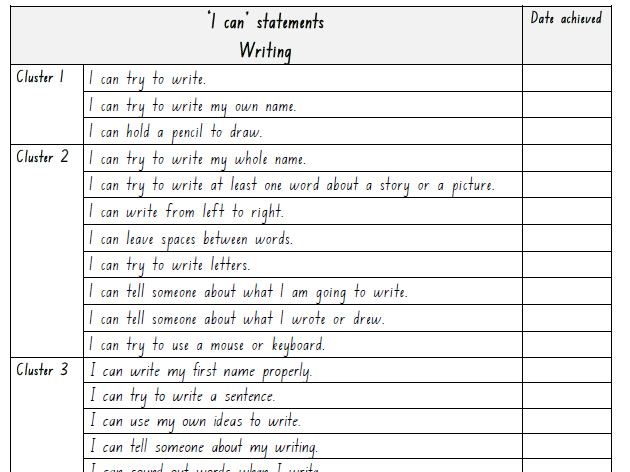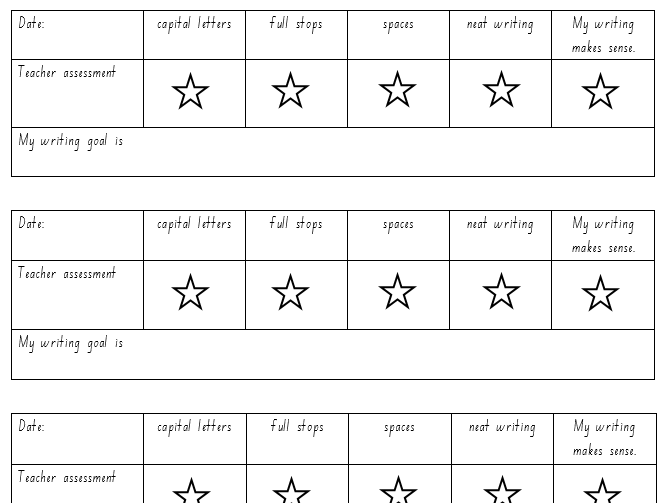Inspiration Corner
My shop contains primary school resources. Most resources are made for a Kindergarten/Year 1 level because these are resources I am currently creating and using in my own Kindergarten classroom. I encourage buyers to purchase my resources and make small modifications so they are perfectly suited to their school and classroom context.






















